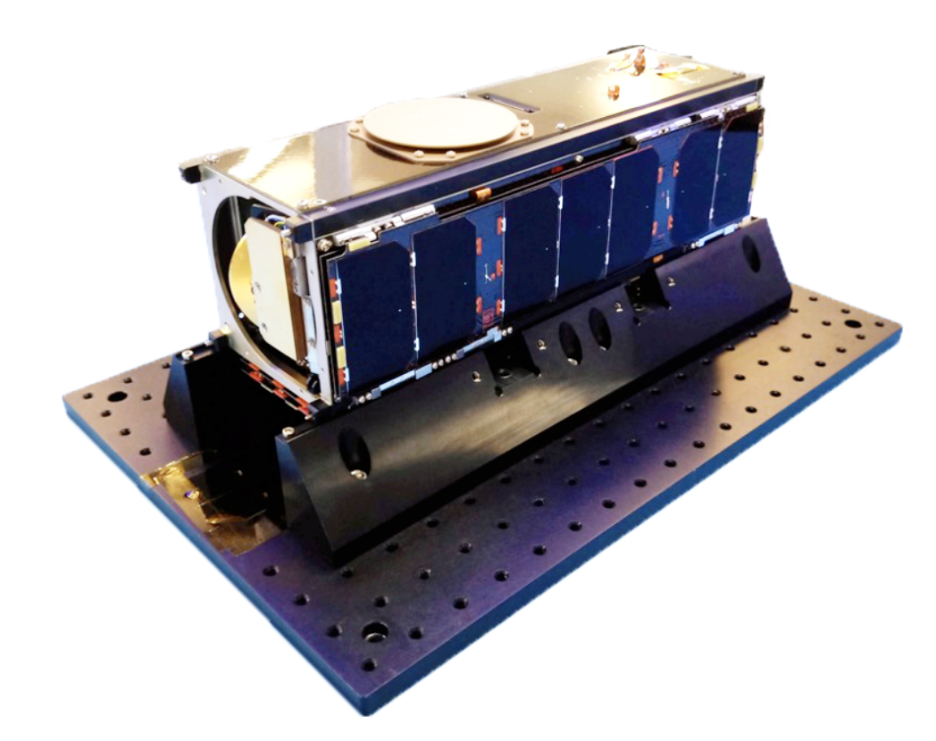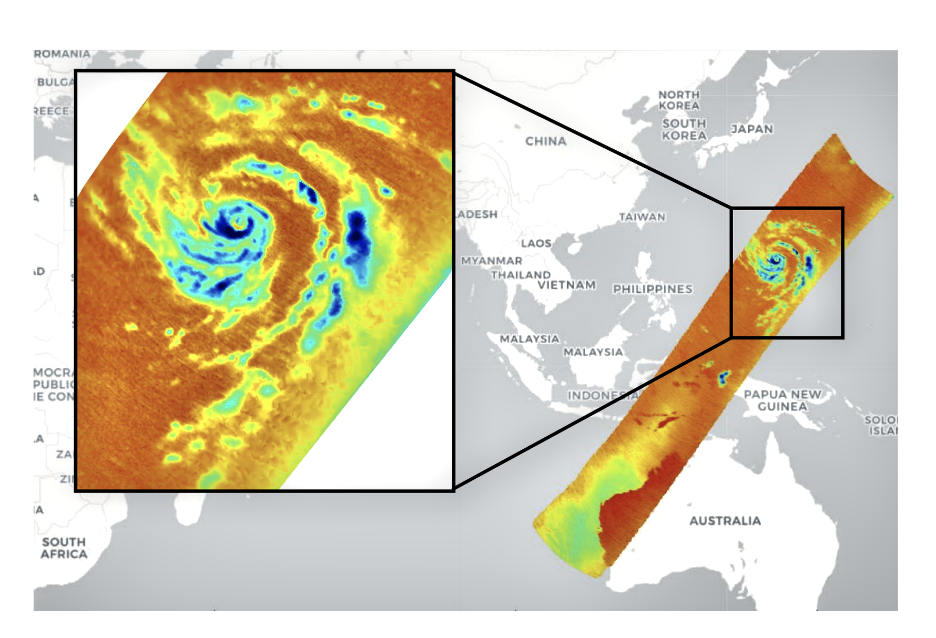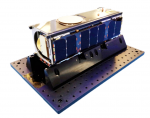
IOD-1 GEMS 3U demonstration satellite deployed on July 3, 2019.
Orbital Micro Systems (OMS) has entered into collaboration with the University of Colorado-Boulder’s Mortenson Center in Global Engineering (MCGE) for their Drought Resilience Impact Platform (DRIP) program — as part of the relationship, OMS will provide Earth Observation (EO) data collected by its Global Earth Monitoring System (GEMS) satellites to the effort.
DRIP gathers daily information, enabling scientists and engineers to monitor the water supply serving some three million people in East Africa. Using multiple data sources, DRIP provides critical information on drought conditions and trends which affect food security, health, safety, and other critical issues throughout the region.
GEMS uses highly optimized microwave radiometers to passively measure atmospheric temperature and moisture content from small satellites operating in low earth orbit (LEO.) A single GEMS satellite observes the entire surface of the earth approximately two and one-half times each day. In addition, GEMS data enhances the information gathered from IoT sensors and ground-based monitoring points, enabling DRIP to deliver more detailed information to a region’s decision makers.
Dr. Evan Thomas, Director, MCGE and CU associate professor, said the observations received from OMS will not only help a better understanding of the conditions on the ground in East Africa, but will also enable DRIP to monitor drought conditions in other regions, including the United States. In addition, OMS brings expertise in data science and engineering which will help support DRIP’s core mission to characterize environmental, weather, and climate parameters in all the covered geographies.
Michael Hurowitz, OMS CTO, added that empowering solutions that impact global welfare and productivity are core principles of OMS, and the firm is delighted to be a part of the continuing DRIP success. As OMS continues building out the GEMS constellation of satellites, the company anticipates gathering live observations for any point on Earth at intervals of one hour or less. Delivering observed weather data at this level of temporal frequency has—until this point—never been possible. These frequent intervals will empower systems such as DRIP to easily expand to new regions while enhancing the platform’s performance.
GEMS EO datasets are available to download for evaluation from the website.


